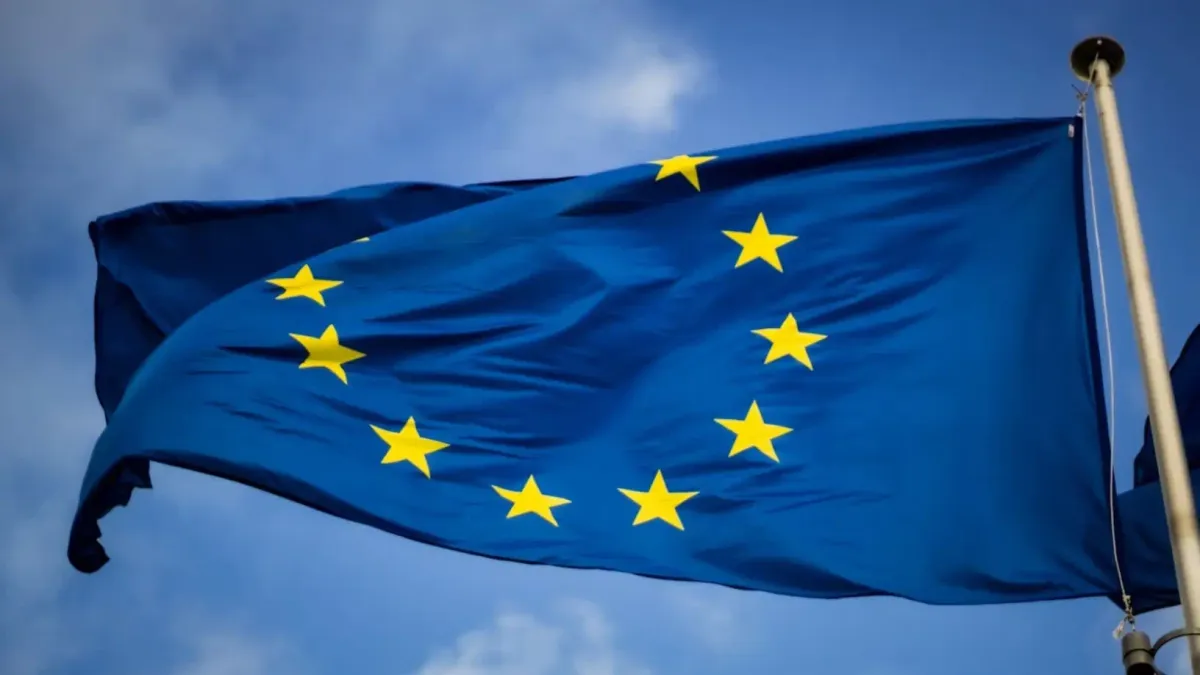The European Commission has launched a proposal to give the European Securities and Markets Authority (ESMA) expanded powers to supervise crypto-asset service providers across the European Union.
The move would shift oversight from individual national authorities to a central EU regulator when crypto firms operate cross-border or have significant scale.
Under the plan, bloc-wide authorisation could require crypto businesses to hold a licence from one member state and then operate under passport rights across the EU, with ESMA stepping in for enforcement and supervision.
The proposal builds on the existing Markets in Crypto‑Assets Regulation (MiCAR) framework, which came into full effect in December 2024, but provides limited central oversight so far.
The proposed changes reflect growing concern that the current supervisory fragmentation allows risks to accumulate outside a fully unified legal regime.
A draft agenda suggests ESMA may be tasked with auditing internal controls, cyber-resilience, and systemic risks posed by large crypto-platforms.
Why EU Central Oversight For Crypto Firms
For crypto-asset firms, this means navigating a regulatory landscape that may shift rapidly. Firms licensed in a single EU state may find themselves subject to oversight from a more powerful EU-wide regulator.
This raises questions about compliance costs, reporting burdens and competitive positioning within Europe.
From a market-participant perspective, centralised oversight can bring clarity and consistency. It may reduce regulatory arbitrage where firms choose lighter jurisdictions for registration and then operate freely across others.
However, smaller firms that currently operate under national licenses may face higher barriers to entry or added costs, potentially favouring larger incumbents who can absorb compliance burdens.
Historical Context And Industry Trends
MiCAR was introduced to harmonise crypto regulation across the EU—covering governance, transparency, consumer protection and stablecoins.
However, national authorities still retain primary licensing and supervision power. Recent statements by ESMA’s chair indicated a future where “critical crypto-asset service providers” might be supervised directly by ESMA.
Earlier this year, regulators in France, Italy and Austria jointly called on the EU to unify crypto oversight, warning that fragmentation weakened supervisory powers and allowed risks to build.
Europe is also watching other jurisdictions where regulators have centralised supervision of digital-asset firms, offering a model where oversight is not purely national, but layered across continent-wide agencies.
Points To Monitor Ahead
How quickly the European Parliament and Council approve the changes will determine when they take effect. Firms will watch whether licensing standardisation occurs or whether transitional arrangements favour incumbents.
Observers will also track how ESMA defines which firms qualify for central supervision versus those remaining under national regimes.
The response from crypto-firms matters: will firms restructure around the new regime, consolidate operations, or shift to other global hubs?
The outcome may influence where global crypto firms base their European headquarters and how they design infrastructure for compliance and governance.






